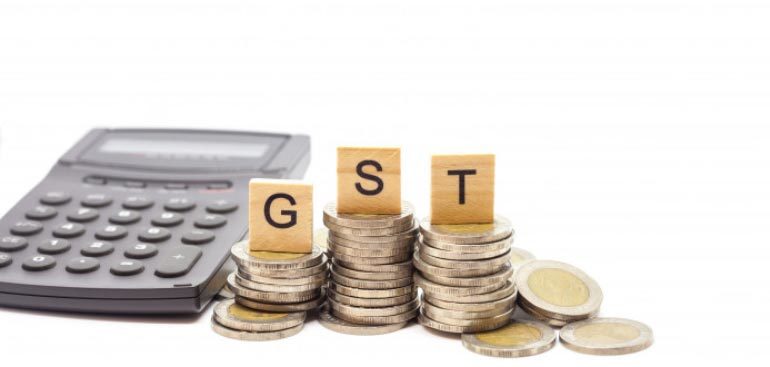India’s biggest indirect tax reform since Independence, the Goods and Services Tax (GST) was launched on July 1, 2017 at Central Hall of Parliament by Prime Minister Narendra Modi and President Pranab Mukherjee. Came up with the principle of ‘one nation, one tax, one market’, the GST subsumes 17 central and state tariffs. With the new-fangled tax, the movement of goods has become much easier and simpler across the nation. Still confused what is GST? Well, not anymore as in this post, we’ve brought to you the answers of the most-asked queries to help you better understand what is the Goods and Services Tax, its rates, and how it affects you. Allow us to explain you in detail.
GST and its Meaning
Abbreviated as GST, the Goods and Services Tax is the only indirect tax for the entire country, making India a unified common marketplace. The tax applies to the supply of goods, right from the producer to the buyer. Through the new tax, the government aspires to construct a solitary extensive tax structure that will subsume all other minor indirect taxes on expenditure such as Service Tax, Local Body Taxes, Purchase Tax, etc. In accordance with government estimates, this tax will boost India’s GDP (Gross Domestic Product) by approximately 2%.
Why GST Needed?
The new tax splits the complex structure of different central as well as state taxes, which frequently overlap with each other, resulting in a uniform taxation system for the whole nation. Now, taxes will be implemented more effectively as all taxes like Value Added Tax (VAT), Octroi, and Excise Duty will be replaced by one single tax. However, there’re still 3 types of taxes: State GST, Central GST, and Integrated GST for inter-state trade.
GST Rates
There are 4 main tax slabs under GST: 5%, 12%, 18%, and 28% that are intended to lower tax incidence on necessary items. The first rate, i.e. 5% is applied to items of mass consumption that are used particularly by common people. The second and third slabs – 12% and 18% accommodate most of the goods and services, while the last slab of 28% has applied mainly to white goods, including washing machines and refrigerators.
Exemptions under GST
Under this tax, the Indian administration has set GST rates on around 1,211 goods and 500 services in the range of 5 to 28%. Various items like petrol, alcohol, diesel, and natural gas are exempted under this tax. Apart from this, the GST Council has also categorized several items under the 0% tax rate. The list incorporates daily-use items like rice, milk, wheat, meat, fish, fresh vegetables, printed books, newspapers, bone meal, and drawing or coloring books, among others.
GST Rate 0%
A number of services such as healthcare, education, and hotels and lodges with tariff below Rs. 1,000 are deprived of the Goods and Services Tax. However, semi-precious and rough stones have GST rate of 0.25%.
Effects of GST
On salaried employees and self-employed professionals
As the tax is valid mainly for businesses, so it won’t directly affect the salaried and self-employed professionals such as lawyers, doctors, to name a few. Nevertheless, it will affect their expenditure, owing to the change in rates of goods and services they avail. Apart from this, they will continue to pay their income tax like before.
On Businesses
The new tax has revolutionized the way businesses have been operated. The removal of several levies and formation of a single market with lower tax rates and fewer tax exemptions has enhanced the ease of doing business and reduced unnecessary proceedings. It also simplifies a complicated chaos of taxes that companies have been subjected to. Further, reduction in transaction costs of doing business has led to a superior competitiveness for the industry and trade.

